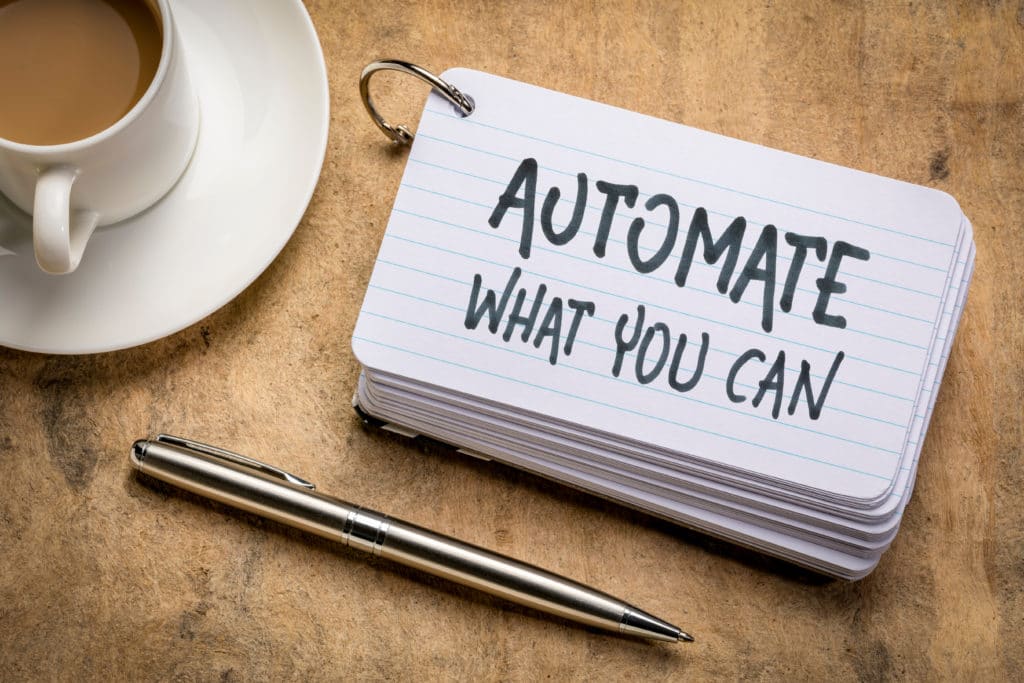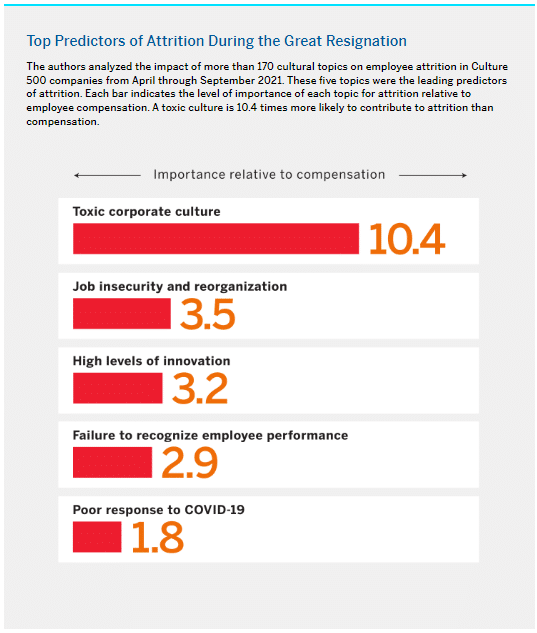As we are one-quarter through 2022, many executives realize that the employee engagement playbook isn’t driving improved retention and hiring. Employees are not looking for more recognition from their managers or new perks. They want substantial changes that improve the overall work experience. They want hybrid work, better benefits, skill-upgrading, technology that makes work less stressful, and a better work-life balance. Best of all, most of these suggestions improve employee experience and provide a return on investment (ROI).
Employee Engagement vs. Employee Experience
Gallup defines employee engagement as the involvement and enthusiasm of employees in their work and workplace. Gallup defines the employee experience as “The journey an employee takes with your organization. It includes every interaction that happens along the employee life cycle, plus the experiences that involve an employee’s role, workspace, manager, and wellbeing.”
It is moving from enthusiasm to the experience of the employee life cycle journey.
Best-selling author and futurist Jack Morgan describes the difference between employee engagement and employee experience as: “The same as the difference between updating a car by just painting the outside and replacing the entire engine. One method makes the car look nice, but the other actually improves its performance. Employee engagement is popular, but it’s a short-term fix. Employee experience is a long-term solution that addresses the core of major issues.”
So how does your work experience look under the engine – from the employee’s point of view? Is it running smoothly, or is the timing off? Is your business growing? If so, there is no better time to improve the employee experience and reap the return on investment it will provide you.
Below are four major areas for focus in 2022:
No. 1 – Improving hybrid work and redesigning the office.
Both employees and managers discovered employees were more productive at home than in the office. After an adjustment, employees realized that the technology worked. They didn’t miss daily commutes and enjoyed better work-life integration. Now, most remote workers don’t want to return to five days in the office, and many of these would rather quit than return to the office.
Hybrid work changes the office’s role from a workplace to a place for meetings, training, and alignment to company culture and strategies.
The organizations that perfect their hybrid work models and reduce office real estate square footage can save as much as $11k per hybrid worker per year. These are substantial savings that can be directed toward other priorities.
The successful transition to hybrid working depends on using helpful technologies and new operating norms for teams. The useful technologies for hybrid working go beyond the popular ZOOM and Teams and beefed-up broadband and cyber security. It includes more cloud computing space, learning software, and chatbots to answer commonly asked employee questions from anywhere, conduct short surveys and provide reminders. These technologies can also provide a return on investment. Chatbots enable HR and IT staff to do more strategic work and save companies $250k to $1M in six to 12 months.
No. 2 – Benefits that matter.
With four to five different generations in the workforce today, the value placed on traditional benefits varies. The largest generational segment is millennials, and as millennials have matured, they want the benefits their parents had. Silicon Valley’s perks of the 2000s, like beer bashes and volleyball games on Friday afternoons, don’t add up anymore. These benefits include comprehensive health insurance, telemedicine, robust mental health care, and low-premium benefits options. Other highly desired benefits include flexible work schedules, 401(k)s with a match, generous paid time-off, expanded parental leave (including baby bonding leaves for both genders), and eldercare.
The US labor market shortage is driven partly by the over 2 million women who have not returned to the labor force due to childcare issues. Any employer who wants to attract these women back to the workforce will need to offer subsidized childcare.
No. 3 – Healthy, transparent, and inclusive work culture.
We all understand that if your pay is not competitive, you will lose employees during labor shortages. Did you know that toxic work cultures can drive turnover ten times more than pay?
MIT researchers examined 34 million online employee profiles on Glassdoor to identify US workers who left their employer for any reason (including quitting, retiring, or being laid off) between April and September 2021. They found that attrition rates ranged from less than two percent to more than 30 percent across companies for the six months they studied. The industry was responsible for some of this variation, with retail, management consulting, internet, software, fast food, leisure, and healthcare industries leading the way.
The MIT researchers found that although much of the media discussion about the Great Resignation has focused on employee dissatisfaction with wages. How frequently and positively employees mentioned compensation, however, ranks 16th among all topics in terms of predicting employee turnover.
This result is consistent with a large body of evidence that pay has only a moderate impact on employee turnover.
There is a significant cost due to employee turnover that many CEOs and CFOs do not understand. For example, the cost of turnover for a $100k engineer can be as high as $50k — 50 percent of annual salary.
No. 4 – Reskilling and Upskilling
The U.S.’s supply chain is being reordered, and with it, U.S. firms are rethinking their relationship with employees. For more than a generation, the CEO playbook was to believe employees were expendable and to move manufacturing to low-cost or low tax regions of the world. The new thinking is to move manufacturing closer to consumers or regional R&D or supply chain centers and to upskill the workforce to avoid the supply morass the US is currently facing.
McKinsey’s analysts suggest that 39 percent to 58 percent of worldwide work activities in operationally intensive sectors could be automated using existing technologies.
Today, several large organizations have announced plans to automate processes and reskill or upskill workers. Walmart is investing $4 billion over four years to help frontline and back-office jobs transition to new customer-service roles. Amazon plans to spend $700 million on technology training by 2025 to help employees learn and move to higher-skill jobs.
Reskilling and upskilling have an added benefit. As with chatbots and hybrid working, it saves you money. Based on the median salary in the United States, reskilling is about half the cost of recruiting someone from outside the business. Not only that, but research from the Wharton School of Business shows that, on average, external hires cost 18-20% more and perform worse for the first two years on the job.

Winning the War for Talent
The companies that will win the War for Talent in 2022 and beyond will focus on improving the employee experience journey. MeBeBot’s AI Intelligent Assistant and Employee Experience platform are digital technologies that our fast-growth customers have used to enhance the experience of their employees and provide them with a great ROI. Our AI-driven chatbot answers the commonly asked questions of employees from anywhere, via mobile or computer devices. In addition to answering their questions with an over 90 percent accuracy rate, it helps them with onboarding, open enrollment, and upskilling/training their employees.
Every company has too many competing priorities, yet now is the time to focus on these four areas where you can make an immediate impact in your employee experience, driving retention and overall employee satisfaction and engagement.
MeBeBot’s Intelligent Assistant seamlessly installs as an app in Teams, Slack, or web portals to provide employees with instant automated answers to global HR, IT, and Ops FAQS, real-time usage Dashboards, Push Messaging, and custom Pulse Surveys, generating instant employee feedback on of-the-moment questions. MeBeBot’s “one-stop bot” is trusted by leading organizations to elevate the employee experience so work can be more meaningful and valuable.
Visit our website at https://mebebot.com

